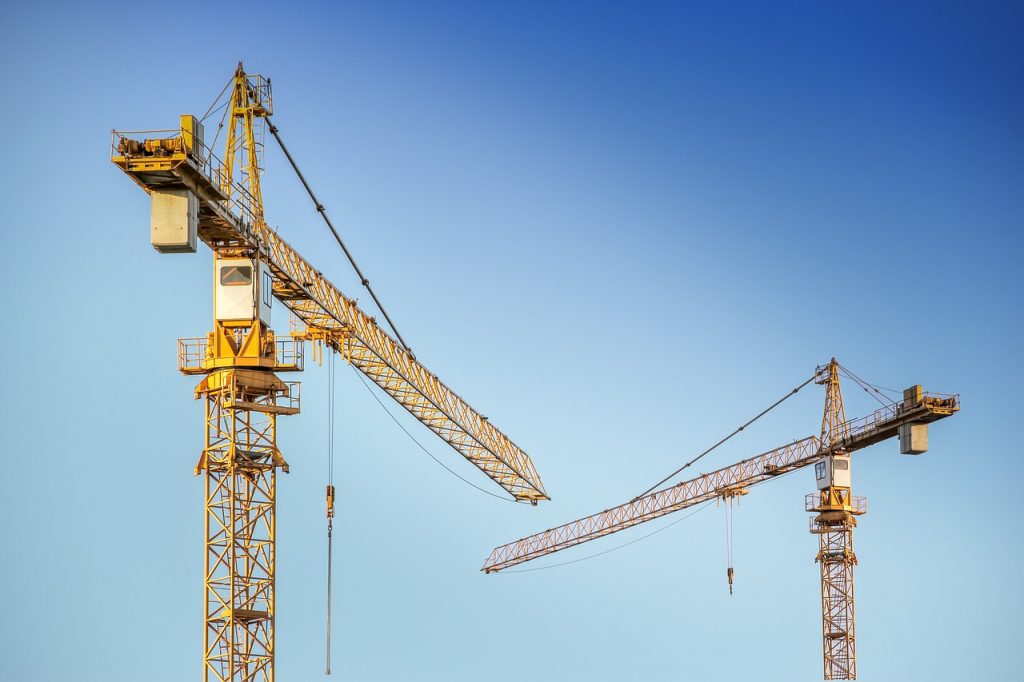Outdoors
However, if your job site is outdoors with uneven, sloped, or rough terrain, you’ll need a lift built for those conditions—such as a rough-terrain scissor lift or an all-terrain boom lift with four-wheel drive and reinforced tires.
Next, take into account the surface and terrain of your job site. Indoor environments with smooth, flat flooring are suitable for electric scissor lifts or compact vertical mast lifts. These machines are quiet, emission-free, and designed to navigate tight indoor spaces.


